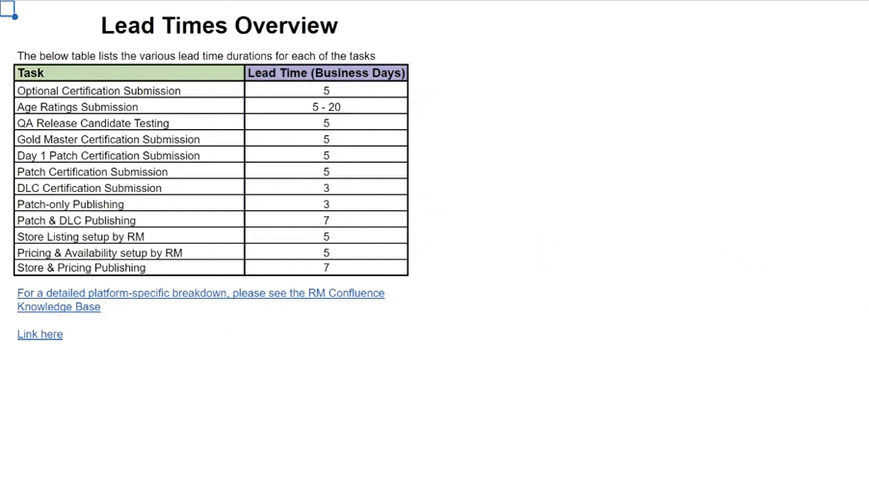In the dynamic and rapidly evolving world of gaming, a title's success goes beyond just its captivating gameplay and stunning graphics. The act of actually releasing a game isn’t as simple as some may think. The process requires intricate planning, careful coordination, and flawless execution to create a seamless experience for players.
Though an integral part of releasing games, Release Management is a relatively new function in the gaming industry. Many are still in the dark about what we do exactly. Let’s fix that today!
It’s now been about four years since we began this journey. We started superhero-movie-style: gathering a crack team of industry vets to brainstorm what releasing a game means. We then decided which techniques we needed to nail if we were to make the process (relatively) painless. We’re now a team of four experts who have been responsible for hundreds of releases. That’s five games, over 70 DLCs, hundreds of patches, and then some!
Release Management sits in our wider Publishing organization: the part of Avalanche responsible for our self-published games. “Self-published” is a badge I’m very proud we get to wield! It’s how we can freely, easily, and quickly patch, update, and release new content whenever we want. This allows us to have stronger ties to our communities; players get to see their feedback come to life and help us shape the games they love. And it really works! By actively listening to players and closely collaborating with the development teams to help us realize their wishlist items, we're now closer to our communities than ever before. That freedom to be creative with our games and responsive to our players is what makes me so proud of our ability to self-publish games.
Getting here hasn’t been easy. Only through the last four years of hard work and learning opportunities can I brag about the tools and processes we’ve developed, tested, and refined. We now have a toolkit of checks and procedures that give our production teams a more predictable path when releasing new content. These include (but are not limited to!):
- The Release Calculator,
- Dev deliverable check-lists,
- Roadmap assessments,
- Change management processes.
With these, the Publishing organization can give the development and QA teams the lead times required to meet their release deadlines. We then communicate across teams to ensure these deadlines are met: working with QA to support them with compliance tests, and helping our Marketing team bring their promotional vision to life. We work with scenarios and analyze risks, handle certification processes and storefront setups, and (finally) push the big red button to publish. All this is to ensure our players get the best possible experience.
A bit more about The (almighty) Release Calculator – they said it couldn’t be done! Quite literally, when we first came up with the idea of developing a tool to coordinate our publishing efforts, it seemed the process would be too complex. We need to consider release dates, marketing efforts, certification timelines, and countless other things. So how on Earth were we going to make a tool to simplify that for us?
The Almighty Release Calculator

At its core, the Release Calculator is just a fancy spreadsheet. It relies on a complicated series of algorithms, numbers, and (of course) a sprinkle of all our combined knowledge and experience in releasing games. The Release Calculator has proven to be an exceptionally useful planning tool for publishing, production, and marketing. Taking variables across the first-party platforms into account, this little tool gives our Development, QA, Production, Marketing, and Partnerships teams all the dates they need to hit to simultaneously release any product and hit their target release dates. That’s anything from a full game to a patch, a DLC, a bundle, or even a “coming soon” page.
But it’s not all spreadsheets and data. We talk to people, too! A key element of a Release Manager’s role is maintaining relationships with first-party platforms as well as our development teams, marketing and other internal teams. Much like any relationship, we want our relationships with partners (externally and internally) to be based on trust and mutual respect. We deliver on promises and quality, respect platform rules and regulations, and – most importantly – follow our own vision, values, and strategy.
Getting a game out there is a bit of a dance or an intricate puzzle that needs solving. And that, I think, is the essence of Release Management – a dissectologist – putting all the pieces of a release process puzzle together so our games are seen, played, and loved.
